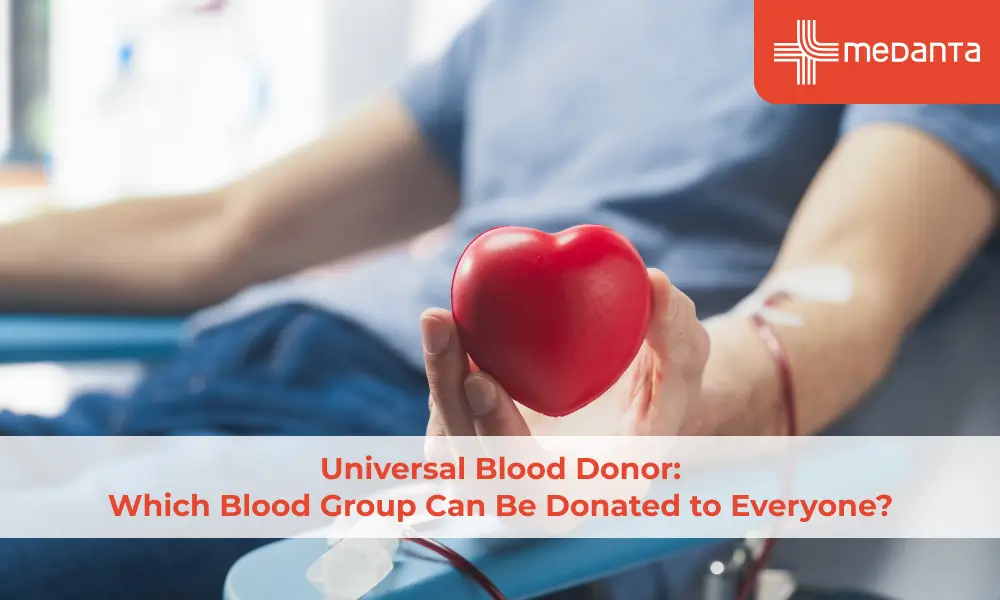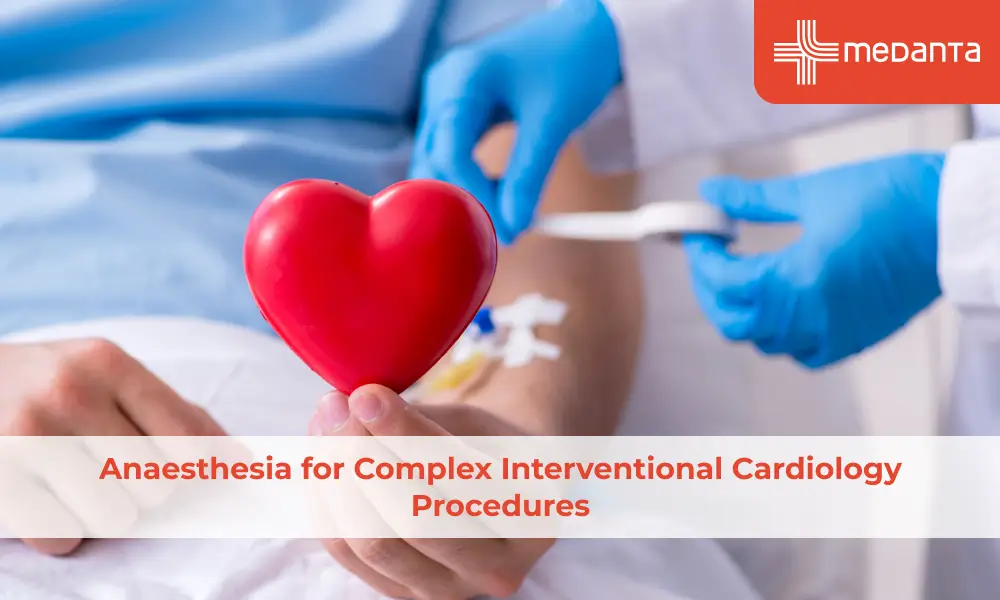First Aid for Sports Injuries: What to Do Immediately After Injury

You can have sports injuries when working out in a gym or participating in a sport. These injuries can commonly occur throughout your body to bones, ligaments, muscles, tendons, or other structures due to overuse, the application of extreme force, or direct impact.
Many minor sports injuries can often be treated and healed quickly with immediate first aid care. So, understanding the basic first aid for sports injuries can greatly help prevent further damage to your body. That said, this article focuses on the types of sports injuries, their symptoms, what to do immediately after a sports injury, and what your sports first aid kit should have.
Knowing the Types of Sports Injuries
Before heading to learning the appropriate first aid care for sports injuries, it’s a good idea to know the common injuries you can have when playing sports or exercising:
- Sprains and strains
- Concussion
- Bruises
- Dental damage
- Fractures and dislocations
- Deep cuts and wounds
- Head injuries
- Kee joint injuries
- Nose or shoulder injuries
What are the Symptoms of Sports Injuries?
Being aware of the sports injury symptoms can help you immediately recognise that you are injured and require first aid. Although the signs and symptoms for sports injuries can vary depending on what injury you have, some common symptoms are:
- Bruising
- Aches, pain, or tenderness
- Skin that’s warm to touch
- Deformity, like bone or joint coming out of place
- Swelling
- Stiffness or weakness
- Grinding, clicking, cracking, or popping noise
- Trouble moving a body part.
- Limited range of motion
- Inability to bear weight on your foot, leg, or hip
What Supplies Should Your Sports First Aid Kit Have?
As a sportsperson, you know the importance of having a first aid kit. But are you unaware of the supplies that go into your first aid kit? Don’t worry; we have got you covered! Here is the list of some supplies to have in your sports injuries first aid kit:
Essential Items
- Triangular bandages
- Surgical gloves
- Splints whichever
- Disposable instant cold packs
- Elastic bandages
- Safety pins
- AED (Automated External Defibrillator)
Ointments and Solutions
- Hand sanitiser
- Sterile eyewash
- Petroleum jelly
Wound Care Items
- Wound pads
- Sterile gauze pads
- Cotton swabs
- Antibiotic ointment
- Alcohol wipes
- Antiseptic solution
- Roll gauze
- Adhesive bandages
Tools
- Tape, tape adherent, and tape underwrap
- Bandage scissors
- Hand mirror
- Tweezers
Others
- Contact lens case
- Sunscreen
- Resealable bags
First Aid for Sports Injuries
First aid is a critical element in sports injury management and can be performed as follows for different sports injuries:
Sprains and Strains
Sprains and strains are two of the most common sports injuries, with the former being a stretch or tear or ligament and the latter being a twist, pull, or tear in a muscle or tendon. The commonly affected areas are the wrists, thumbs, knees, hamstrings and quadriceps.
If you suffer a sprain or strain while working out or playing a sport, you should stop and receive the immediate ‘R.I.C.E’ treatment. Standing for Rest, Ice, Compression, and Elevation, here’s how this sports injuries first aid treatment works:
- Rest till your injury doesn’t exhibit pain.
- Apply ice on your injury. All you need to do is wrap a bag of ice in a towel or cold compressor and apply it to your injury for at most 20 minutes at a time. You can ice the injury 4 to 8 times a day.
- Compression is all about using an elastic compress bandage to provide support to your injury while it is healing.
- Elevation comprises raising the injured limb about your heart level to reduce swelling.
Fractures and Dislocations
Caused by a severe blow or fall, fractures are breaks in your bone. People enthusiastically engaged in sports can suffer a hairline fracture, which doesn’t go completely through bone or a compound fracture, which involves the broken bone protruding through the skin.
On the other hand, when extreme force hits your ligament, it can force two bones to separate. A bone being forced from its normal position is called to be dislocated.
Here’s how you can give first aid to an athlete with a fracture or dislocated bone or joint:
- First and foremost, you need to stop any bleeding by elevating the wound and applying pressure with a sterile bandage or clean cloth.
- Then, you should immobilise the injured area using a splint or a sling.
- Next, apply an ice pack or ice cubes wrapped in a towel to the injured area for at most 10 minutes at a time.
Deep Cuts and Wounds
Having deep cuts or wounds when playing sports can soon result in significant bleeding, requiring immediate attention. The first thing you can do to treat your deep cuts and wounds is to apply direct pressure to the wounded area with a clean cloth or your hand. In addition, try to elevate the affected limb.
Furthermore, you should seek medical help if you think stitches are required to prevent infection and proper wound healing. Moreover, your doctor can give tetanus shots if a rusty or dirty object caused the cut.
Nose Bleeds
When working out or playing for extended hours, you might get nosebleeds. In this situation, you should immediately stop the activity and follow these first-aid steps:
- Sit down and lean your head forward.
- Pinch your nostrils together while breathing through your mouth.
- Hold your nose for a minimum of 10 minutes.
- If nose bleeding continues past half an hour, consider seeking medical help.
To wrap up it all!
Knowing how to administer sports injuries first aid can help manage immediate pain or swelling and facilitate quick healing and recovery. However, you should also realise the significance of seeking medical help in case of severe sports injuries.






